
I was delighted to read a new article by Elmira Gyul, who I have known for many years, in Voices on Central Asia. Her chosen subject for this article is A Brief History of Collecting Abr Clothing from Uzbekistan. The richly illustrated article looks at the fascination these brightly coloured fabrics have held for foreign visitors to the region, both historically and in the present day.
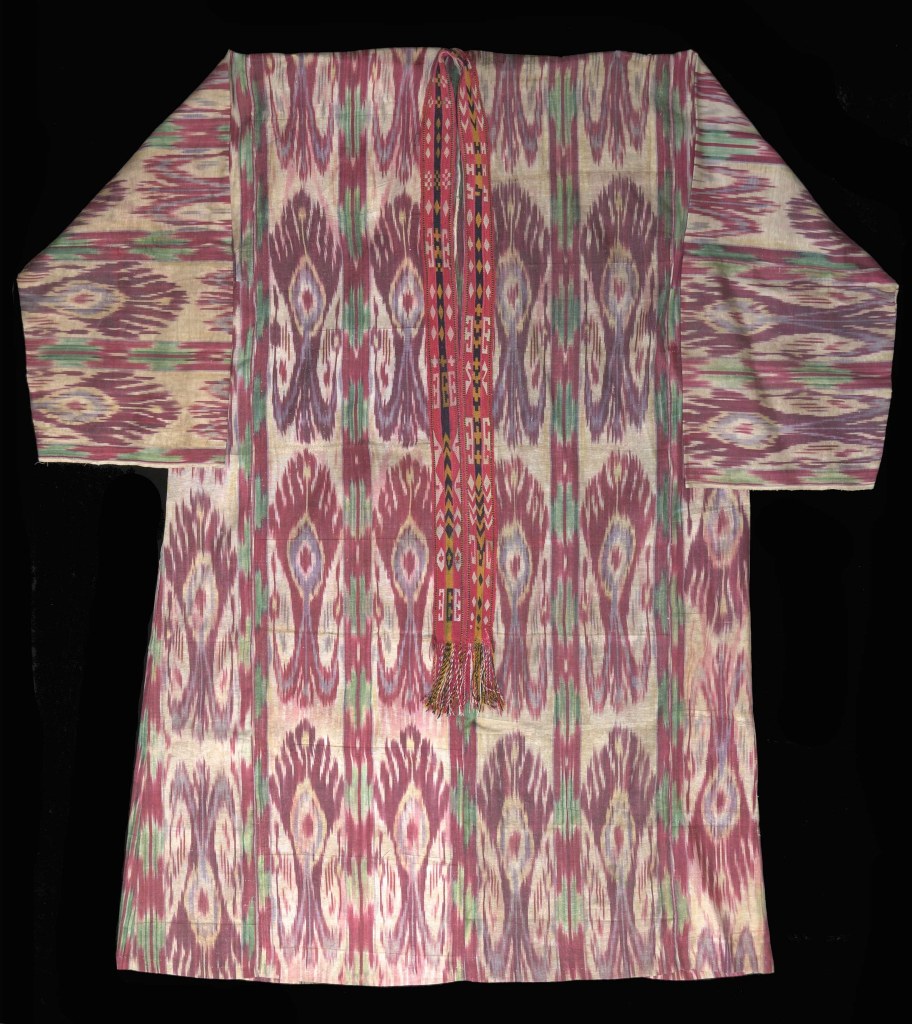
******************************
This Saturday, 28th October 2023, Japan House London are holding an in person event which will also be livestreamed on various formats and available to watch as a recording later.
“The culture of Okinawa is distinct from having long been influenced through trade links with China, Korea and Southeast Asia. Bingata resist dyeing techniques originated at the time of the Ryūkyū Kingdom (present-day Okinawa) and date back to the 14th century. The design of bingata textiles draws inspiration from the stunning natural beauty of the subtropical Ryūkyū archipelago. Its turquoise seas and diverse fauna and flora are represented on these vibrantly coloured and meticulously crafted textiles.” – Japan House website
The talk and demonstration by Odo Azusa and Ueda Miki will look at the history of bingata, as well as its current state and what the future may hold. Click here for full details and to reserve your ticket – either in person or online.
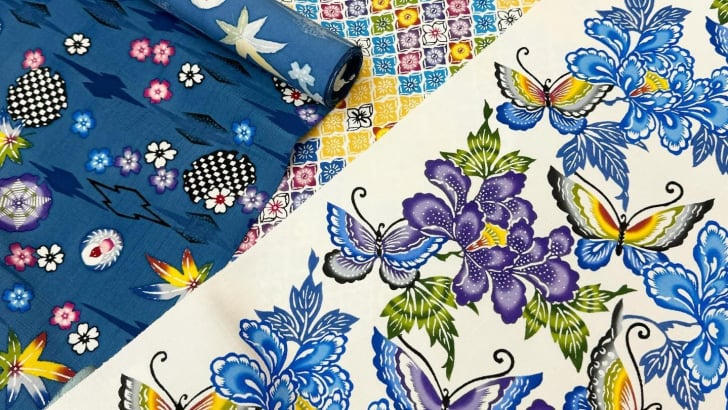
******************************
A new exhibition will open this week at the Textile Museum of Canada in Toronto. Entitled The Secret Codes: African Nova Scotian Quilts it is curated by David Woods (the designer of the quilt depicted below) and runs until 28th April 2024.
The exhibition “brings together historic and contemporary quilts from makers connected to Nova Scotia, embodying the stories and voices of the community…… [it] includes more than 35 quilts and a selection of 8 paintings that highlight the various functions of quilts over time: as decorated blankets in the home, as possible codes of communication for enslaved people seeking freedom, as records of family history, as a celebration of Black women and culture, and as inspiration for other art forms.” Museum website
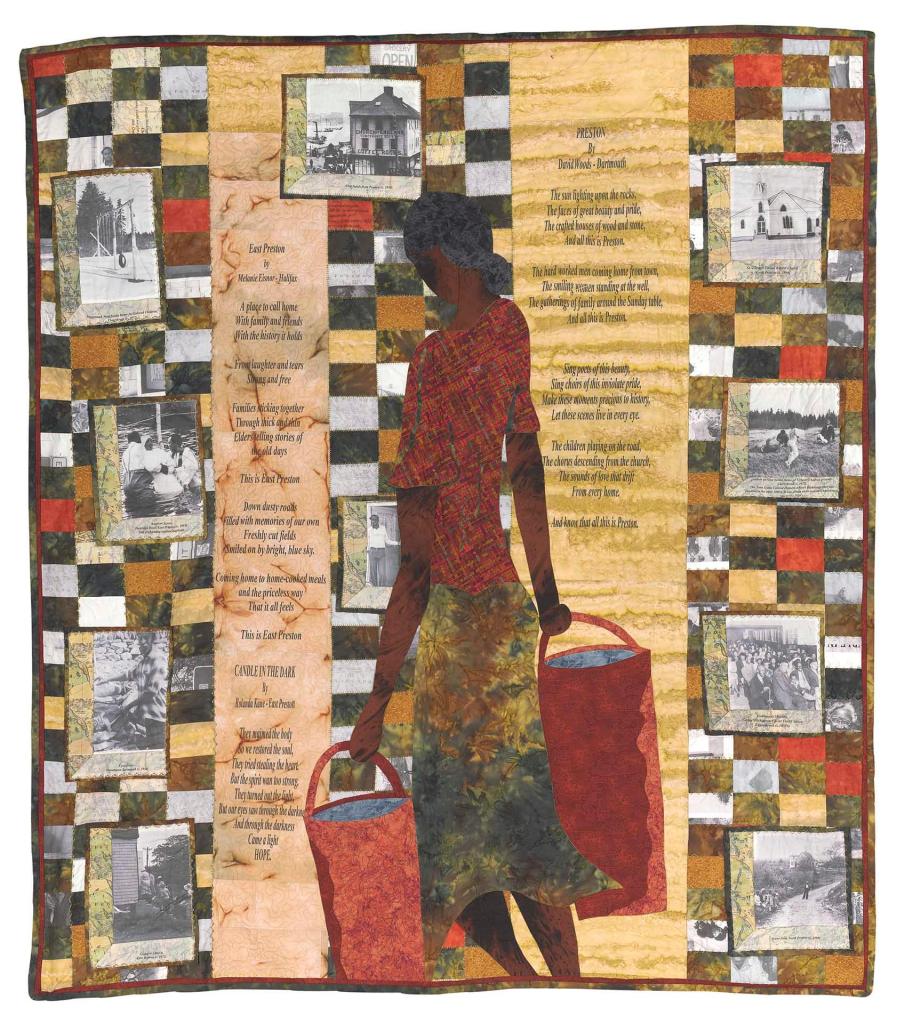
The museum will also hold a hybrid moderated conversation with the curator on Thursday 2nd November 2023. Click here to register for the event, either in person or online.
******************************
If you happen to be in the Chicago area you might enjoy a gallery talk taking place on Monday 30th October 2023 at the Art Institute of Chicago.
“Join Janet Purdy, associate curator of textiles, for a discussion of the history of the colorful, industrially-printed textiles known as kanga and the social and cultural symbolism expressed in their designs and proverbs. Explore eight works on display in the African galleries spanning five countries.” – Museum website

Tanzania
******************************
Thursday 2nd November is a very busy day. Not only is there the talk at the Textile Museum of Canada mentioned above, but also an online talk hosted by the Fashion and Textile Museum, London. This is linked to the new exhibition The Fabric of Democracy and curator and design historian Amber Butchart will look at the themes behind it, examining ‘how textiles were used as a tool of the state across the political spectrum, from communism to fascism.’ Click here for more information and to book.
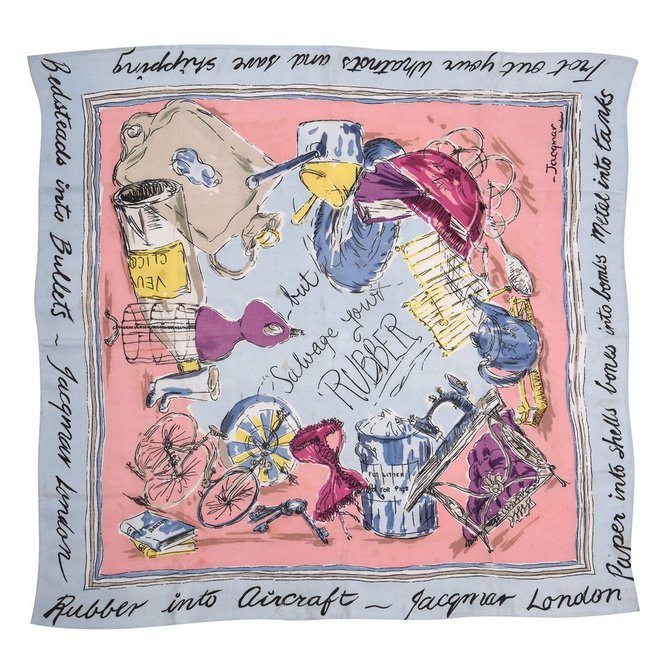
******************************
2nd November also sees the opening of a new exhibition at the British Museum entitled Burma to Myanmar. This will run until 11th February 2024 and is definitely high on my list of things to see. I’m not sure how many textiles will be on show, but several are mentioned in this well-illustrated blog written by the curator Alexandra Green. I hope to report back on this further later on.

******************************
Members who attended our AGM at the beginning of the year may remember that Peter Umney-Gray showed us a scissor bag from his collection and spoke passionately about it. He has been working for some time on a book about this subject, Scissor Bags & Sheep Scissors in the Nomadic Tradition, which will finally be published later next month.
“Scissor bags, and the end-pivot sheep scissors they contained, have not until now been given the attention they deserve. The utilitarian purpose and ephemeral nature of these mainly woven objects by nomadic pastoralists have meant that not many of them survive….. The results of field research among the Shahsavan of Northwest Iran, the Sarıkeçeli Türkmen of the Toros Mountains, Türkiye, and the Uygurs of Xinjiang help to shed light on this tradition….” – Peter Umney-Gray
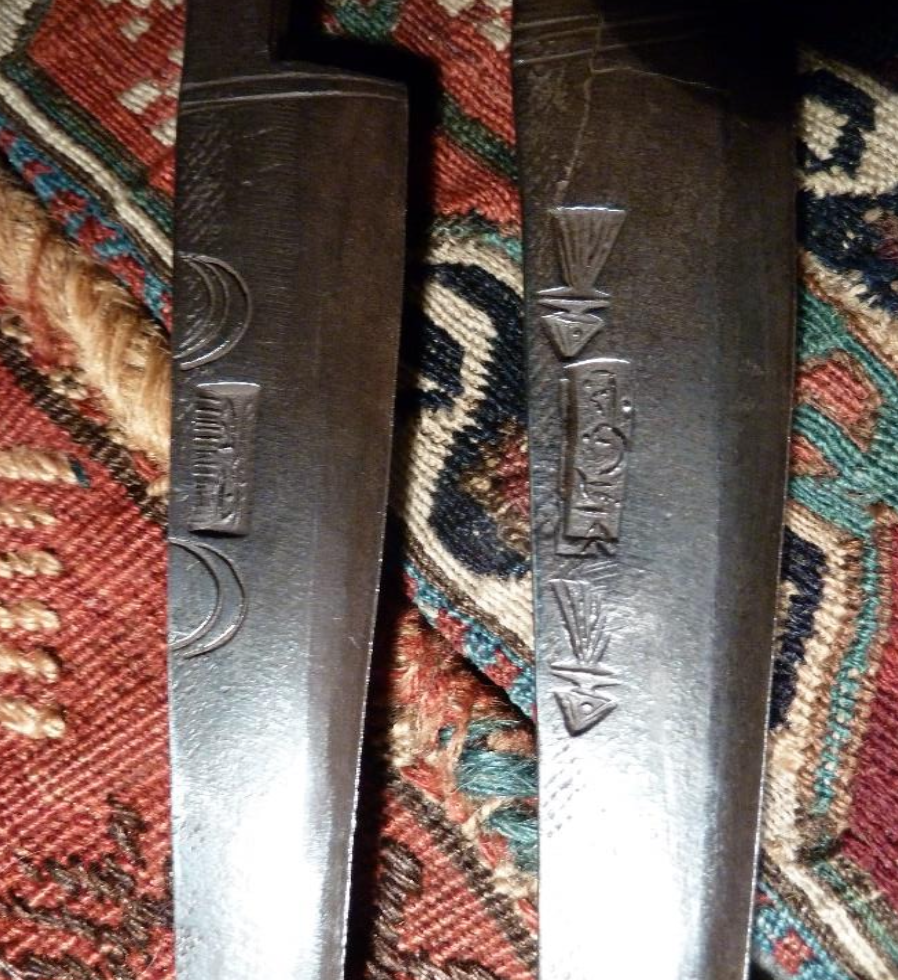
With 292 pages and 299 illustrations this book should surely satisfy any readers curiosity about this subject! It will be available for £55 plus postage from Argali Publishing.
******************************